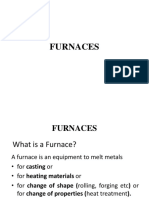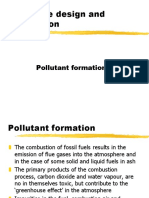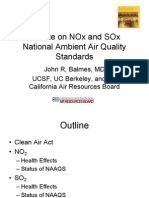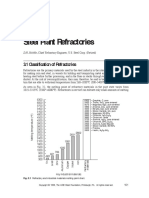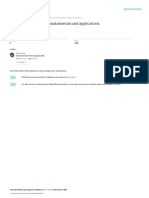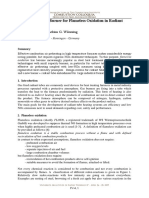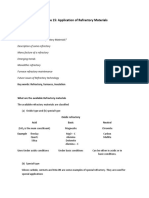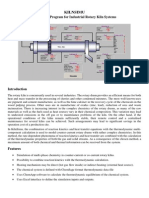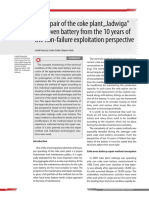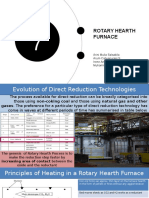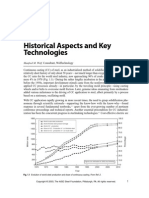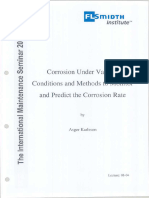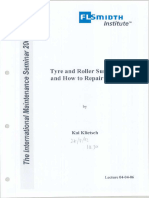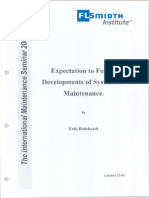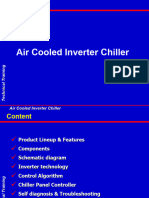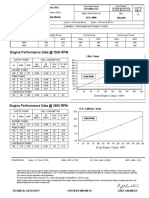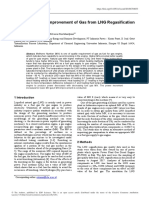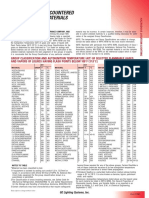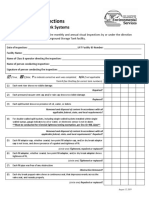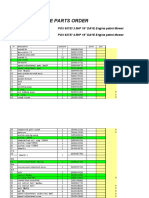100% found this document useful (1 vote)
436 views22 pagesIndustrial Furnace Mastery
The document discusses a training course on furnace design and operation over three days. It will cover topics like combustion processes, furnace fuels, burner selection, aerodynamics, safety, and optimization. The goal is to enable attendees to develop and operate industrial furnaces effectively. Furnaces are classified into different types based on their design and examples are given. Design objectives are outlined like producing a quality product using minimum energy and costs while achieving a long service life. Common industrial furnace types are then briefly described like pottery kilns, cement kilns, glass furnaces, and those used in steel, copper, and oil refining.
Uploaded by
kINGCopyright
© © All Rights Reserved
We take content rights seriously. If you suspect this is your content, claim it here.
Available Formats
Download as PDF, TXT or read online on Scribd
100% found this document useful (1 vote)
436 views22 pagesIndustrial Furnace Mastery
The document discusses a training course on furnace design and operation over three days. It will cover topics like combustion processes, furnace fuels, burner selection, aerodynamics, safety, and optimization. The goal is to enable attendees to develop and operate industrial furnaces effectively. Furnaces are classified into different types based on their design and examples are given. Design objectives are outlined like producing a quality product using minimum energy and costs while achieving a long service life. Common industrial furnace types are then briefly described like pottery kilns, cement kilns, glass furnaces, and those used in steel, copper, and oil refining.
Uploaded by
kINGCopyright
© © All Rights Reserved
We take content rights seriously. If you suspect this is your content, claim it here.
Available Formats
Download as PDF, TXT or read online on Scribd
/ 22

